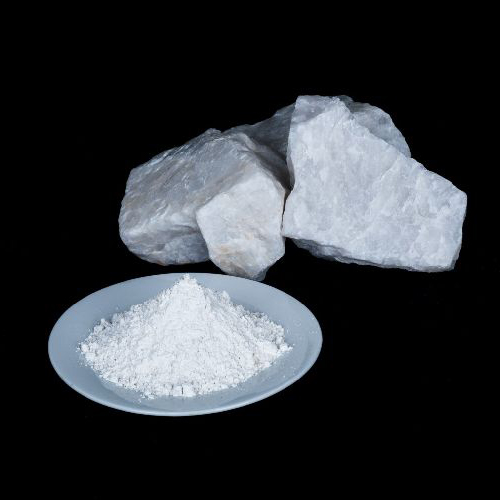Processing technology and requirements of quartz sand for plates

Artificial quartz stone is a kind of artificial stone, which refers to an artificial stone made of unsaturated polyester resin (UPR) as the binder, quartz sand and glass particles as the main aggregate, and quartz powder as the main filler. . Quartz stone inherits the advantages of hard texture, corrosion resistance and wear resistance of natural granite as well as exquisite color and high grade of natural marble.
The main aggregates and fillers in quartz stone slabs are quartz sand and quartz powder respectively. Except for a few high-end products with high whiteness and high transparency, the general requirements are relatively low, mainly for whiteness, transparency, impurities, and particle size. .
1. Quartz sand aggregate processing technology and index requirements
Quartz sand plays the role of aggregate in quartz stone slabs, and other aggregate raw materials include glass, metal, alumina or other minerals (such as granite).
According to the transparency of quartz sand, it can be divided into transparent sand, semi-permeable sand and ordinary sand. On some high-end panels, in order to pursue the three-dimensional layering of the pattern and texture and simulate the high-end pattern and texture of natural stone as much as possible, it is necessary to use quartz sand with high permeability. The higher the permeability of quartz sand, the less impurities, the higher the purity, and the higher the price.
In order to produce high-quality plates, it is necessary to use high-quality quartz sand as raw material. First, a good mineral source must be selected, and then the quartz ore should be washed, sorted and polished to remove miscellaneous stones, and then crushed or ball-milled and sieved to obtain the specified target. Number of pellets or powder. Extremely high-quality quartz ore can be broken directly without pickling to produce fine sand; however, there are fewer and fewer high-quality ore sources of this grade, and most quartz ore need pickling in the sand-making process to obtain high-quality plate sand: for large stones Carry out pickling, and then crush it into sand, with little acid residue, which has little effect on the performance of the later plate; after pickling the sand broken into fine particles, the residual acid must be removed, otherwise the quartz stone plate surface will have the problem of yellowing in the later stage .
2. Quartz powder filler processing technology and index requirements
Quartz powder is divided into ordinary quartz powder and modified quartz powder (that is, quartz powder treated with surfactant). Modified quartz powder improves the compatibility with resin and can reduce the amount of resin.
The surface modifier of quartz powder is mainly a silane coupling agent. There are three main methods of surface chemical modification: dry modification, wet modification and chemical coating modification: dry modification is to add a small amount of diluent and The treatment agent made of silane is added into the quartz powder in the form of spray under high-speed stirring, dispersion and certain temperature conditions, and the material is discharged after stirring for a certain period of time.
Wet modification is to use the prepared surface modifier and auxiliary agent to mix and prepare the treatment liquid, to modify the surface of the quartz sand powder under stirring dispersion and certain temperature conditions, and then dehydrate and dry.
Mechanical grinding and chemical coating modification refer to the addition of modifiers in the process of mechanical force or fine grinding and ultrafine grinding, and the surface modification of the particles is carried out as the particle size of the quartz sand powder decreases.
The current surface modification technology of quartz powder is seriously lagging behind the development of the quartz stone industry. A close relative of quartz stone—resin-type artificial granite, the filler used in it—calcium powder, the current surface modification technology has made great progress, and the oil absorption rate can be below 17%. In contrast, quartz powder, after modification The oil absorption rate of quartz powder hovers around 20% for a long time, which leads to high resin consumption and high cost of quartz stone plates, and has adverse effects on some properties of quartz stone finished products – expansion coefficient, hardness, etc.
The higher the whiteness of the quartz powder, the higher the price, and the produced quartz stone plate has high whiteness, high grade and high price. The higher the transparency of the quartz powder, the higher the price. The produced quartz slabs have a good texture and a strong three-dimensional effect, which can better simulate the texture of natural stone.
The commonly used quartz powder mesh numbers of plate manufacturers are: 100~200 mesh, 325 mesh (or 400 mesh), 800 mesh, 1250 mesh, etc.
